I am doing transition for a project from Webforms to MVC application using Entity Framework database first approach and have database ready along with all stored procedures in place.
I successfully created an .edmx file and was able to use my stored procedures and it worked great when there was any insert or update operation to perform. But the real problem occurred when I was using select query in one of my stored procedures.
For example, there is an Employee table which has following columns:
EmpId, FirstName, LastName, Age, Salary
I have a stored procedure GetAllEmpDetails which has following select query.
Select
EmpId, (FirstName + ' ' + LastName) as FullName, Salary
from
Employee
Now when I am trying to bind the result of this stored procedure with the Employee class which has 5 properties as per the table structure, then I am getting an error that value for Age property is expected but it is not available in the resultset.
I know there is no FullName property as well, so my question is how to solve this problem with the model class generated (as in this case Employee) so that it can tackle these dynamism?


